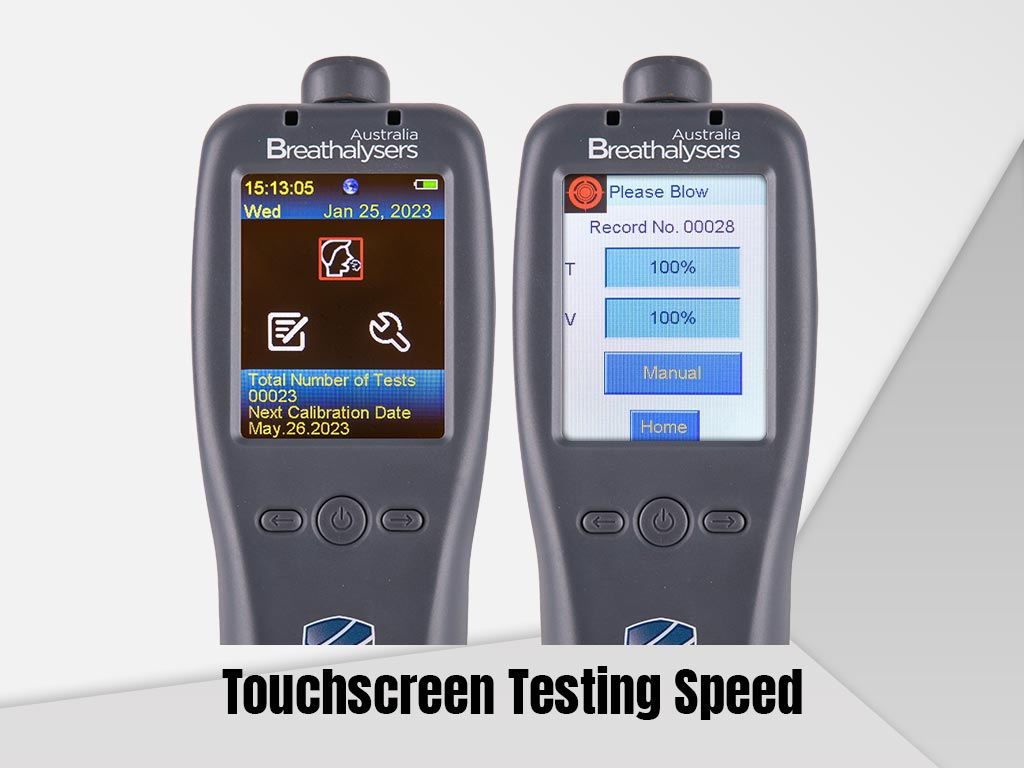Employer Drug and Alcohol Policy: Aspects To Include
02 November, 2023

A clear employer drug and alcohol policy is important for any organisation. It helps to create a safe and productive work environment while addressing any potential legal or liability issues. An effective policy should be clear and comprehensive with its regulations, expectations for employees, testing methods, and support. It should cover various aspects of the workplace that are susceptible to safety risks. In addition, employees should be made aware of the policy and its implications.
Illicit drugs and alcohol pose significant hazards in the workplace. An employee under the influence of these substances may cause accidents and injuries. This can severely impact productivity, financial situation, and company reputation. To reduce these risks, employers create specific protocols to guide workers about acceptable standards. In this article, we will explore the key aspects to include when creating a company policy, including objectives, applicable testing methods, and treatments for affected employees.
Employer Drug and Alcohol Policy – Objectives and Proper Behaviour
An important aspect of an employer drug and alcohol policy is the objectives of the company. Mainly, it emphasises the workplace safety and well-being of employees. In addition, the scope defines who is covered by the policy and what areas it applies to. Typically, it covers all employees, contractors, and visitors engaged in company-related activities.
The policy outlines the regulations, including prohibited activities, such as using, possessing, or selling any controlled substances while on company processes. Additionally, it lists the prohibited substances, including illegal drugs, alcohol, and medications without a valid prescription. For example, high-risk industries like mining, transportation, and construction implement a zero-tolerance to any drug or alcohol consumption on the job.
Moreover, the policy should be clear on its expected behaviours from employees. This includes adherence to the rules and reporting any concerns about drug and alcohol use. Any violations should be taken seriously, and disciplinary action could be taken if necessary. By promoting proper and responsible behaviour, employers can foster a culture of safety, trust, and professionalism among their workforce.
Early Signs of Substance Use in the Workplace
- Physical signs, such as bloodshot eyes, slurred speech, or unsteady movements.
- Sudden weight loss or weight gain.
- Unkempt appearance and unusual smell on breath or body.
- Changes in behaviour or mood, such as increased irritability or excessive mood swings.
- Sudden or gradual withdrawal from social activities.
- Decreased productivity and performance, including missed deadlines, or a decline in work quality.
- Increased absenteeism or frequent tardiness.
- Neglecting responsibilities in and outside work.
- Engaging in risky activities or disorderly conduct.
- Being involved in legal trouble, such as drink driving and drug possession.
- Sleeping while on the job.
- Exhibiting anxiousness or paranoia without apparent cause.

Employer Drug and Alcohol Policy – Types of Tests
Testing is an integral part of the employer drug and alcohol policy. It helps to identify any potential abuse or misuse of medication before it has serious consequences. There are various testing procedures that employers can use, depending on the situation. One common test is the urine drug test. It detects a wide range of substances, including marijuana, cocaine, amphetamines, and opioids.
Another type is saliva testing. It can reveal recent drug use for up to 24 hours from the last intake. Many prefer this method because of its transparency and little chance of tampering. Moreover, a breathalyser test can measure the alcohol content in a person’s breath. The device can detect alcohol for up to 12 to 24 hours and display the BAC results within seconds.
Lastly, the blood test is the most comprehensive and accurate type of test. It can identify specific drug types and measure the drug concentration levels. However, it is also the most invasive method and requires trained personnel and special equipment.
Reasons to Test
Employers may conduct drug and alcohol testing for various reasons. The first is pre-employment drug screens. It tests applicants for substance use history to ensure they are fit for the job. The second reason for testing is after an accident. It tests workers to determine if illicit drugs or alcohol are factors in the incident.
Another reason is random testing. It helps to detect drug use among individuals or groups without prior warning. This test also helps deter substance abuse. Lastly, employers may test a particular employee with reasonable suspicion. The individual may display signs of drug impairment or reckless behaviour on the job.

Employer Drug and Alcohol Policy – Treatment and Recovery Options
Workplace drug testing and alcohol screening can identify employees struggling with substance use disorder. Thus, employers should take the appropriate actions. Accordingly, the employer drug and alcohol policy provides options on what happens after the test. Employees with positive results may face disciplinary measures, such as warnings or suspensions. However, this depends on the severity of the situation.
Moreover, companies with drug management plans offer treatment assistance for employees willing to recover from addiction. This includes access to rehabilitation programs and counselling services. During this period, the employee focuses on their recovery. The treatments include medications to detoxify and help with withdrawal symptoms. Healthcare providers often conduct regular drug screening to ensure they follow their treatment plan.
The employee may be able to return to duty after successful completion. With this, they must prove that they can work in a safe and responsible manner. Otherwise, the employer can terminate their employment. Overall, this approach has employers manage alcohol and drug issues and maintain a stable workforce. It has also helped improve the safety of employees and comply with laws.
Limitations and Challenges
There are certain limitations to consider when implementing workplace tests. Firstly, employers must ensure the drug and alcohol testing policy is fair and free from discrimination. It should also consider the rights of employees, particularly about privacy. It can be intrusive for some who do not agree to such measures.
Another challenge is determining the appropriate consequences for positive test results. Depending on the policy, suspensions or terminations may occur. However, employers must also consider the willingness of the employee to seek help and recover from addiction. Lastly, the cost of testing may be expensive for smaller organisations.
Conclusion
An employer drug and alcohol policy is a formal document presenting the approach of the company to substance use. It outlines the objectives and proper employee behaviour, the common methods for testing, and seeking treatment. When implementing a policy, it should be clear and fair to all. It must adhere to relevant laws and consider employee rights. Moreover, employers must choose the most suitable test methods. This involves urine, saliva, breath, and blood testing.
Another essential component of the policy is identifying the types of drugs that are prohibited and included in the testing. Furthermore, employers must handle positive drug test results with caution. They must ensure that appropriate steps are taken to avoid potential liabilities, such as unfair dismissal claims. Finally, offering treatment options can help affected individuals recover from substance abuse and regain trust. Overall, it promotes responsible behaviour and a healthy work environment.





























